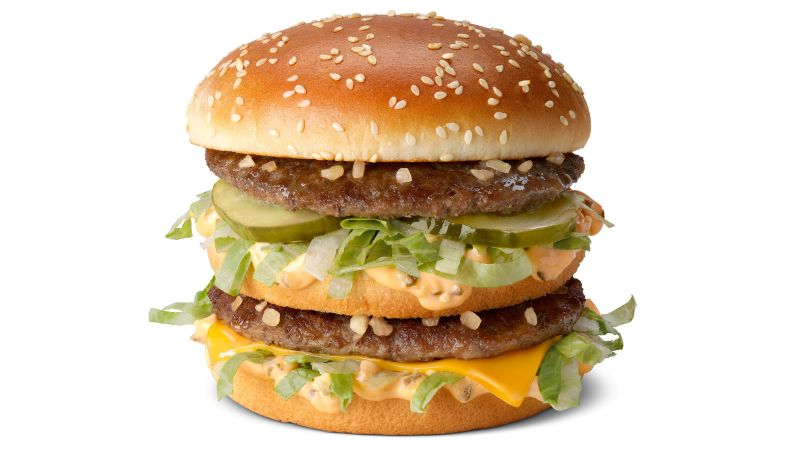A new study from the University of California, San Francisco (UCSF), reveals a promising method to transform ordinary white fat cells into calorie-burning beige fat cells. In effect, this means the fat is burning calories rather than storing them.
While this transformation has only been demonstrated in mice, this discovery could pave the way for novel weight-loss therapies.
A Fat Transformation
Humans have three types of fat cells: white, brown, and beige. White fat cells primarily serve as energy storage, accumulating calories to be used later. When we have too many white fat cells, we gain weight. Brown fat cells, on the other hand, specialize in burning energy to generate heat, which helps maintain body temperature. This function is particularly important in newborns and during cold exposure. Beige fat cells are a hybrid; they can store fat when there’s an energy surplus but also burn energy when activated by things such as cold, stress, and specific treatments.

The researchers showed how suppressing a specific protein called KLF-15 in white fat cells can convert them into beige fat cells. In other words, this single protein can change the role of fat cells from calorie storage to calorie burning. Incredibly, this transformation doesn’t require starting from stem cells, as previously thought.
“A lot of people thought this wasn’t feasible,” said senior author Brian Feldman, Professor in Pediatric Endocrinology at UCSF. “We showed not only that this approach works to turn these white fat cells into beige ones, but also that the bar to doing so isn’t as high as we’d thought.”
The Role of KLF-15 Protein
In their experiments with mice genetically modified to lack KLF-15, the researchers found that white fat cells turned to beige. These findings were confirmed by culturing human fat cells, which revealed that KLF-15 controls the abundance of the Adrb1 receptor, crucial for maintaining energy balance.
Previous attempts that stimulated a related receptor known as Adrb3 caused weight loss in mice. But human trials of drugs that act on this receptor flopped, failing to replicate the weight loss effect.
However, targeting the Adrb1 receptor may prove more effective. The researchers believe this approach could have significant advantages over current injectable weight-loss drugs like Ozempic, potentially avoiding side effects like nausea and providing longer-lasting effects.
This research is a promising step toward developing new weight-loss drugs. Traditional methods, including those targeting appetite suppression and blood sugar control, often come with undesirable side effects. By focusing on converting existing white fat into beige fat, this new approach targets fat deposits directly, potentially offering a more efficient and sustainable solution.
The implications of this study are profound given the global rise in obesity rates. The latest data indicate that nearly 40% of U.S. adults are obese and another 30% are overweight. Obesity affects some groups more than others, including non-Hispanic Black adults and adults with less education. Many adults with obesity have other serious chronic diseases, including diabetes and heart disease.
“We’re certainly not at the finish line, but we’re close enough that you can clearly see how these discoveries could have a big impact on treating obesity,” Feldman said.
The findings appeared in the Journal of Clinical Investigation.
Thanks for your feedback!





















Discussion about this post